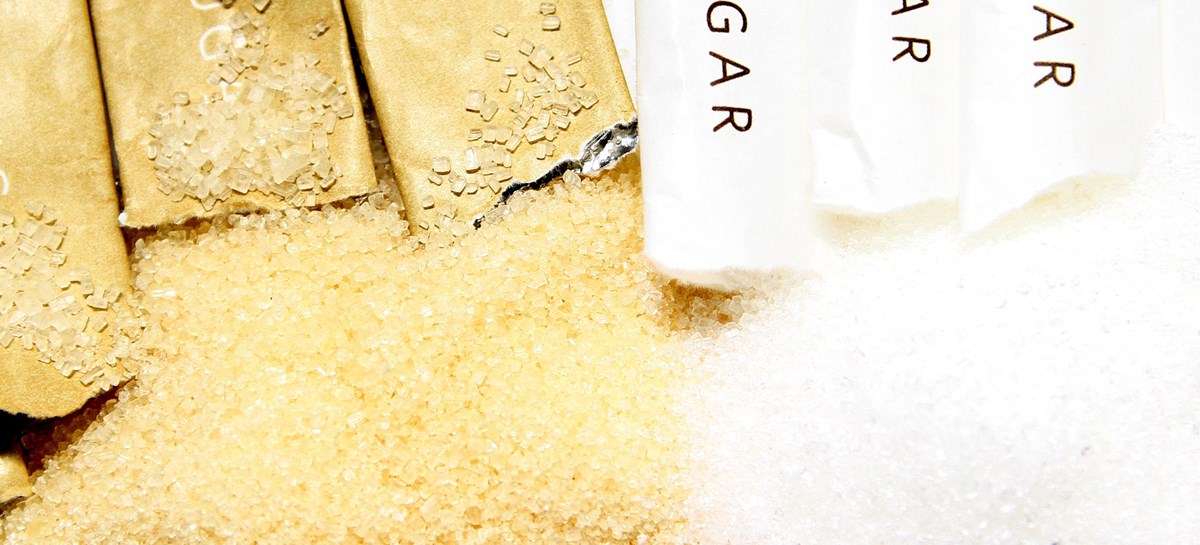
Prediabetes: The epidemic that never was, and shouldn't be
This summer, your TV will begin alerting you to the dangers of high blood sugar. Your phone will buzz with automatic messages assessing the glycemic index of your breakfast bagel. And your Facebook feed will remind you to take the stairs, not the elevator.
This is all the result of a recent initiative intended to increase awareness of a condition known as prediabetes.
Marked by abnormal but not yet pathological blood sugar levels, prediabetes acts as a risk marker for Type 2 diabetes, a metabolic disease in which the body fails to properly process sugar. The idea is akin to cancer prevention: catch the tumor early (prediabetes) and avoid metastasis (diabetes). According to the most recent Centers for Disease Control and Prevention numbers, prediabetes is becoming a national emergency. In 2014, 86 million adult Americans were said to be prediabetic.
This means that 1 in 3 American adults have prediabetes — a figure higher than the number of Americans who currently hold a bachelor's degree.
Yet those claims may be scaring more people than they are helping. The United States has the lowest prediabetes cut-off points of high-income countries around the world, meaning that prediabetes gets diagnosed earlier and more frequently, leading to new patients and higher costs. In 2003, and then again in 2010, the American Diabetes Association shifted the prediabetes diagnostic threshold down, from 110 to 100 milligrams per deciliter for the finger-stick glucose test, and from 6.0 to 5.7 percent for the average blood sugar level (the HbA1C test).
Other countries have pushed back. So has the World Health Organisation, which has cautioned since 2006 that lower thresholds would needlessly double the prevalence of prediabetes and inadvertently implicate patients at minimal or no risk. In China, for example, adoption of the current ADA guidelines would result in 493 million new prediabetics.
It's also unclear if the predictive value of prediabetes is actually valuable. The most recent long-term epidemiological surveys show that only 5 to 10 percent of patients labeled prediabetic actually progress to diabetes, with a full 50 percent of people reverting to normal glycemia in follow-up visits. This may be why the WHO and International Diabetes Federation have effectively de-adopted the "prediabetes" lexicon, noting that "so many people do not progress to diabetes as the term implies."
Lowering the diagnostic threshold has clear economic implications. It's a gold mine for the pharmaceutical industry, thanks to the American Association of Clinical Endocrinologists' recommendation that diabetes drugs be used in patients with prediabetes. More diagnoses mean more sales, even though pharmaceutical interventions rarely work for prediabetes and their side effects are well reported.
It's already the case that a staggering $322 billion is spent annually caring for people with prediabetes and diabetes.
In medical anthropology, this phenomenon is known as "medicalisation" — the process by which normal bodily functions, characteristics or metrics become pathologised. This has been the case in public health rhetoric about menopause, aging and, more recently, high blood pressure.
It is normal — indeed, it is statistically likely — to have blood sugars that temporarily read in the prediabetes category. On your period? Had a happy hour cocktail? Stressed? Your blood sugar can spike or drop by as much as 20 mg/dL hourly. But head to the doctor on these days, and you walk away with a scary diagnosis, a costly prescription for a drug that may not even help you and seemingly unattainable lifestyle changes.
Diabetes is a serious and life-altering disease. In the eye of its storm, we are in desperate need of strategies to cope with it. But increasing the scope of the precondition is not necessarily the answer. We need to focus our attention and treat those who are suffering — not carelessly widen our lens.
Isabel Beshar is a 2014 Rhodes scholar and a candidate for a postgraduate degree in medical anthropology at the University of Oxford. Hank Campbell is president of the American Council on Science and Health. This article was also published in Chicago Tribune and received a shout-out in the NY Post.